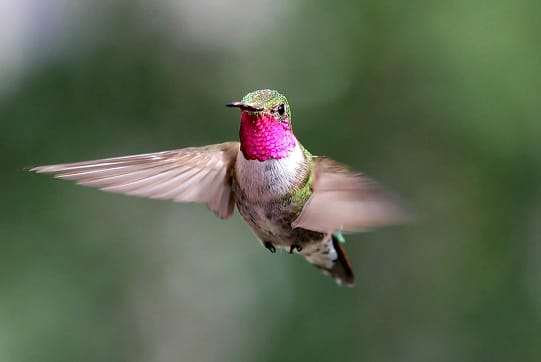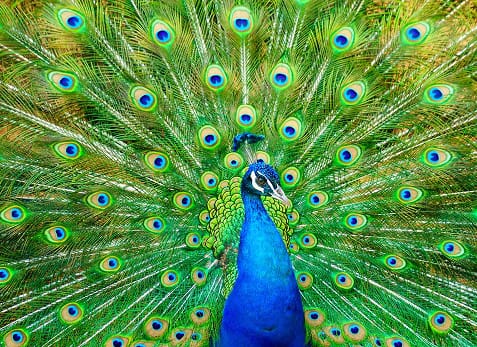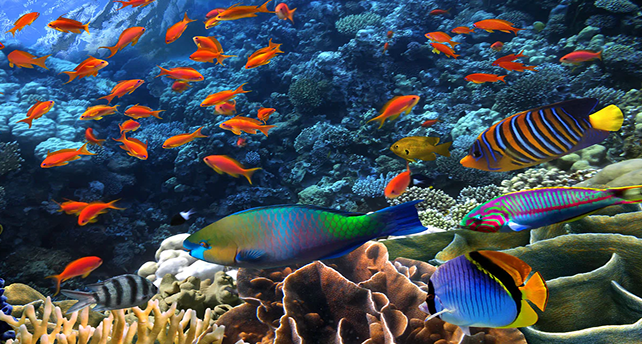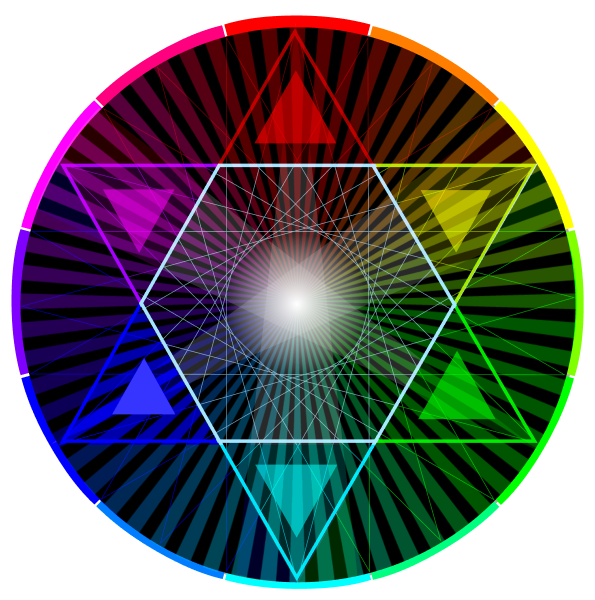Color fascinates because it is deeply embedded in existence, part of the fabric of the universe itself, and imbued in our environments and ourselves. Color is a universal phenomenon and plays an important role in life on earth.

Fundamentally, color exists as light waves within the visible portion of the electromagnetic spectrum, ie. all of the radiation waves traveling through the universe. The visible spectrum is between radio waves and infrared light on the low end and ultraviolet light and x-rays and gamma rays on the high end. It's mind boggling to imagine how much radiation is constantly passing around and through us. Imagine being able to see just a little bit of infrared or ultraviolet light, how vivid and bizarre that would be!
In fact, there are animals who can see portions of the uv spectrum, such as hummingbirds or mantis shrimp. Animal color perception is an advanced feature of vision. It is more evolved in diurnal creatures and prey and dependent on natural habitat.

Birds, and bees have tetrachromatic vision, meaning they can perceive colors on the uv spectrum. This aids in food identification, for example, showing the hummingbird where there is nectar on a flower. Even farther out there are mantis shrimp and bluebottle butterflies, which have 12 to 16 color receptors, compared to human's 3. Obviously, we can't really imagine how they perceive color, but it's mind boggling to even consider what it might be like.
Color vision is an evolutionary system, aiding creatures in their perception of the environment, identifying food and mates, avoiding predators, and spotting prey. Correspondingly, color has evolved as a physical feature, helping creatures to either blend in or stand out from their environment. Consider these examples:
The male peacock is vibrantly colored, in order to attract females.

Flowers are also brightly colored for the same reason, even more so, if you consider their coloring includes ultraviolet colors!
Color is also used as camouflage. In coral reefs, where light and shadow create complex patterns, bright colors can actually help fish blend in with their surroundings. The chameleon is famous for its ability to change its coloring in order to blend in with its surroundings.

Color also helps protect by warning other species that a creature is toxic. The coral snake is a good example, as are lionfish and the blue-ringed octopus.
Another key feature of color perception is food identification, helping animals (including humans) to identify food sources. This is why fruits and vegetables are so brightly colored; there is a mutual relationship where color attracts and consumption actually leads to more propagation of a species.

Color perception plays an important role in appetite, where a well prepared meal has colors that make the food appear more delicious. There is a well-known experiment where chefs use food dyes to color food in unattractive colors, causing their guests to rate the food as unappetizing, even though its flavor may be quite good.
And so, color is integrated at all levels of existence in the universe, and as such has played an integral role in the evolution of life, and how all higher creatures exist day to day. Far from only being an aesthetic concern, color is part of life!

